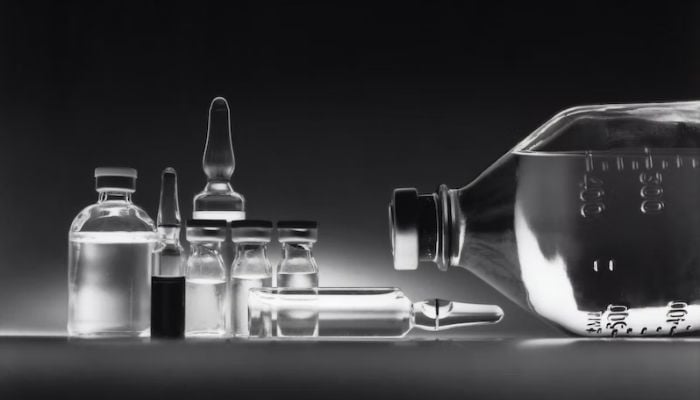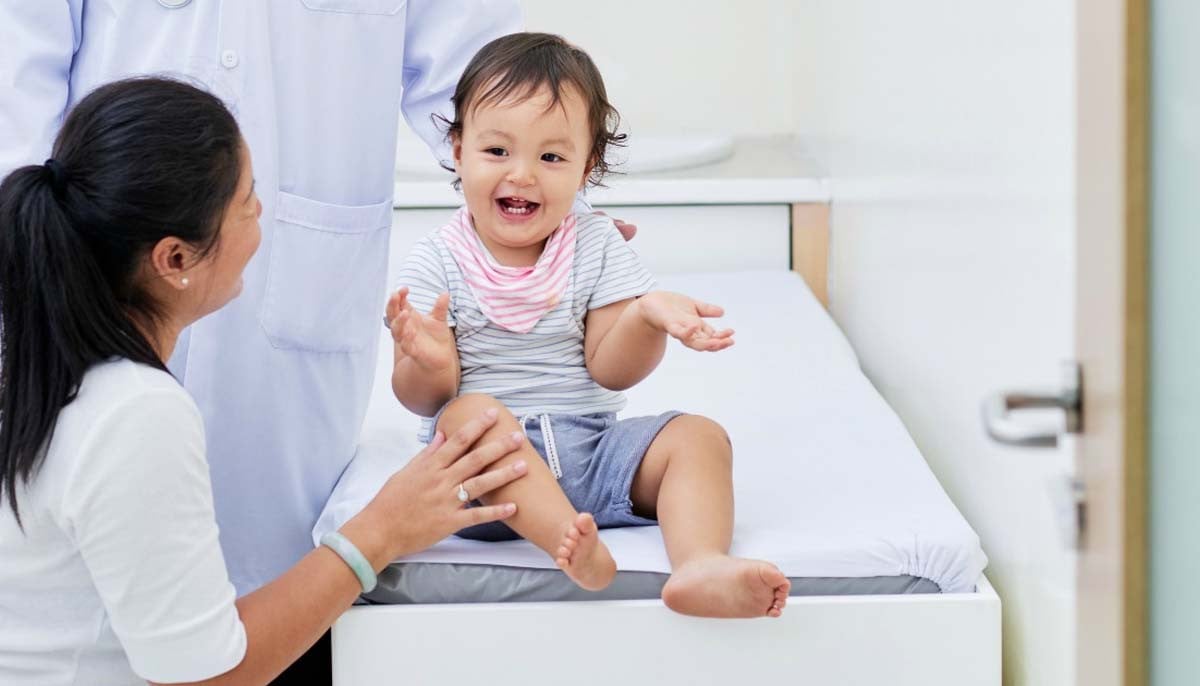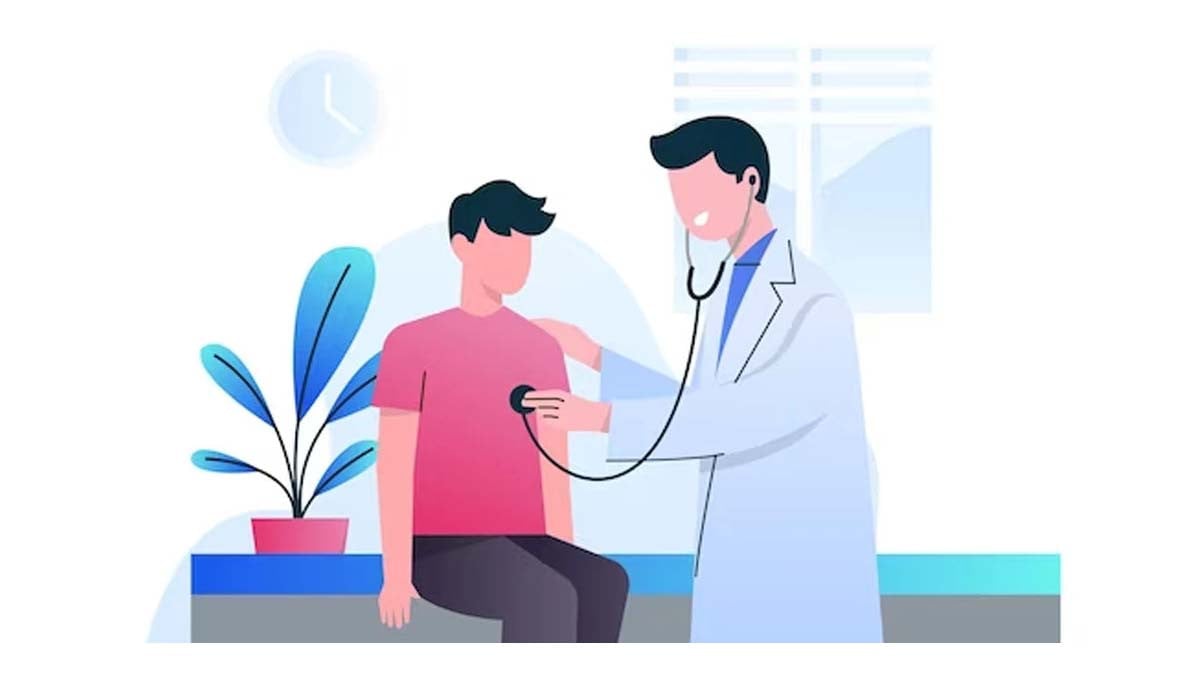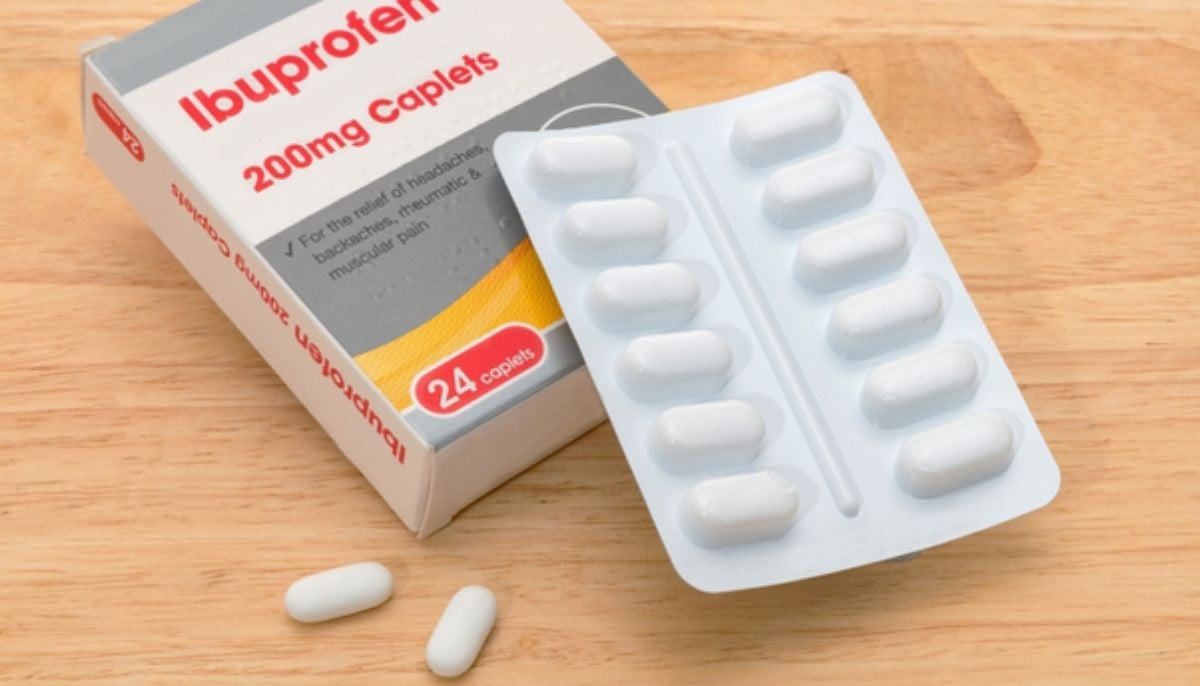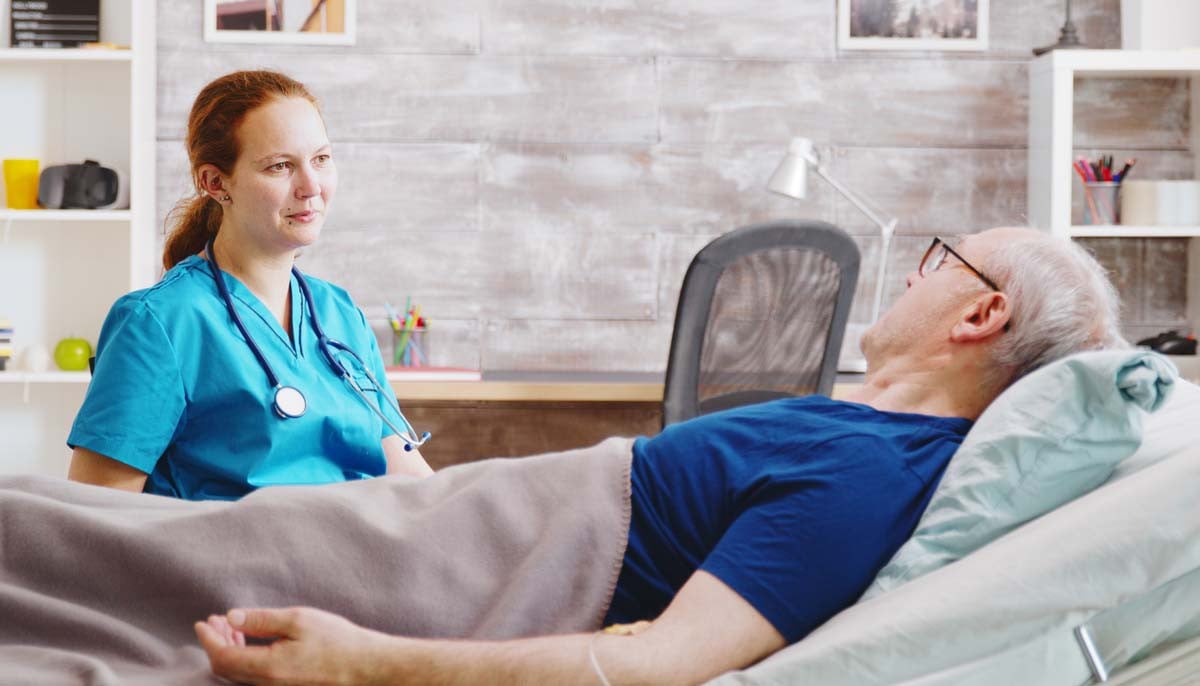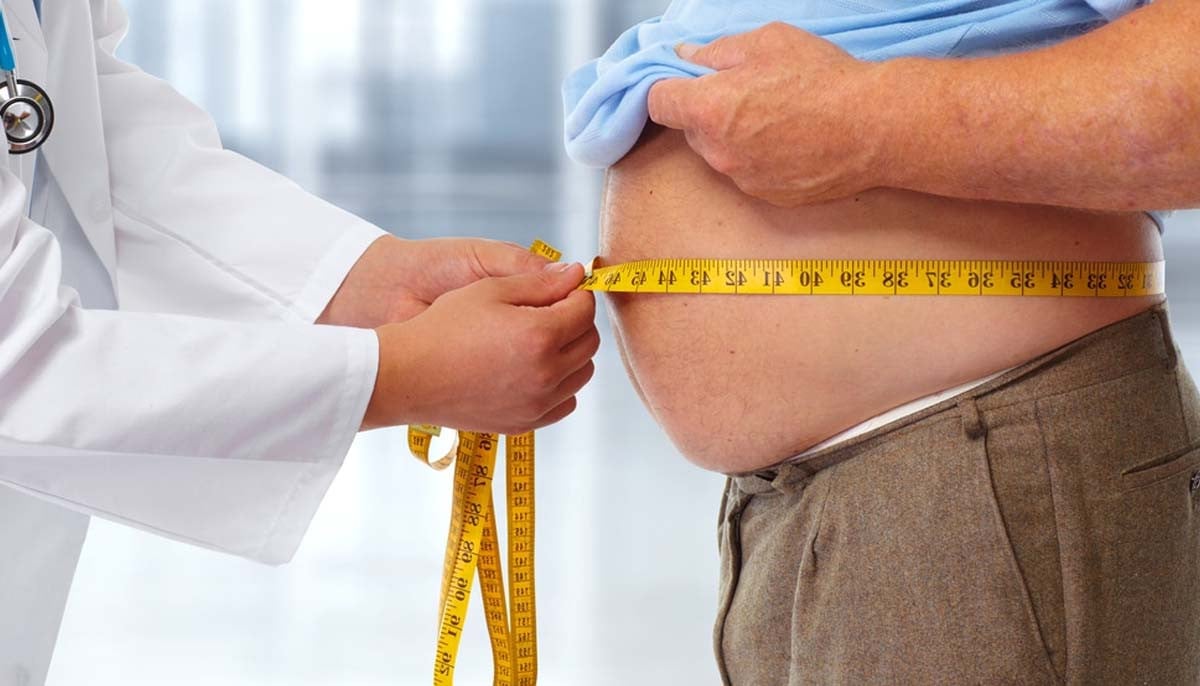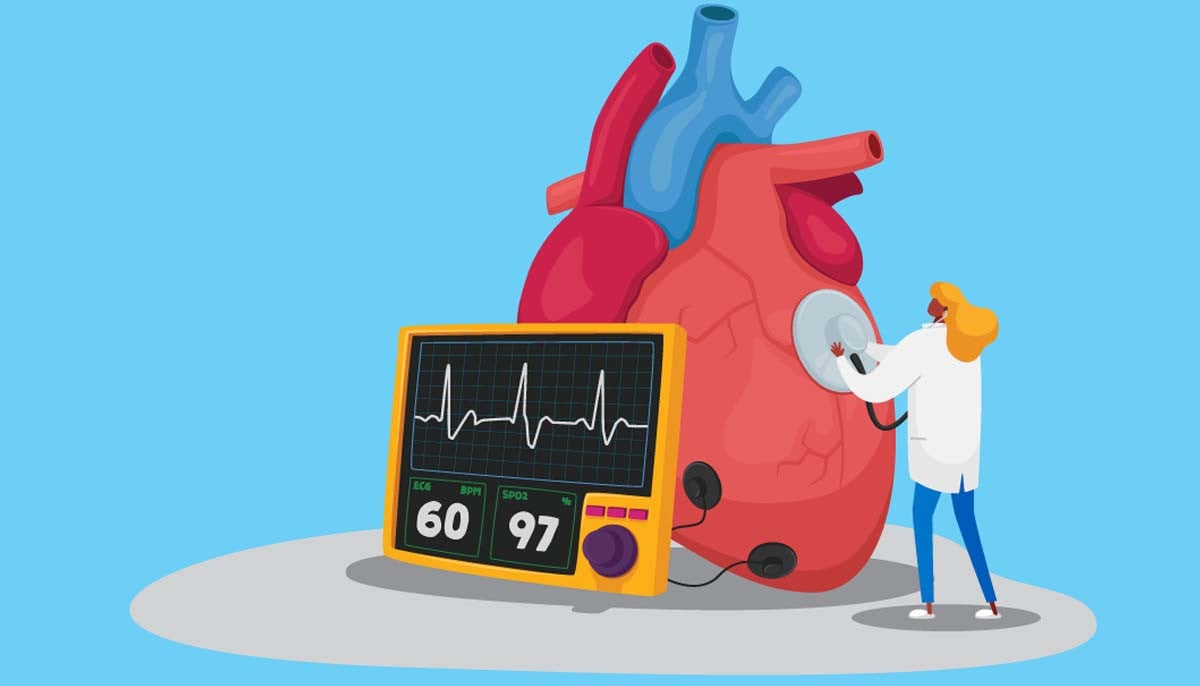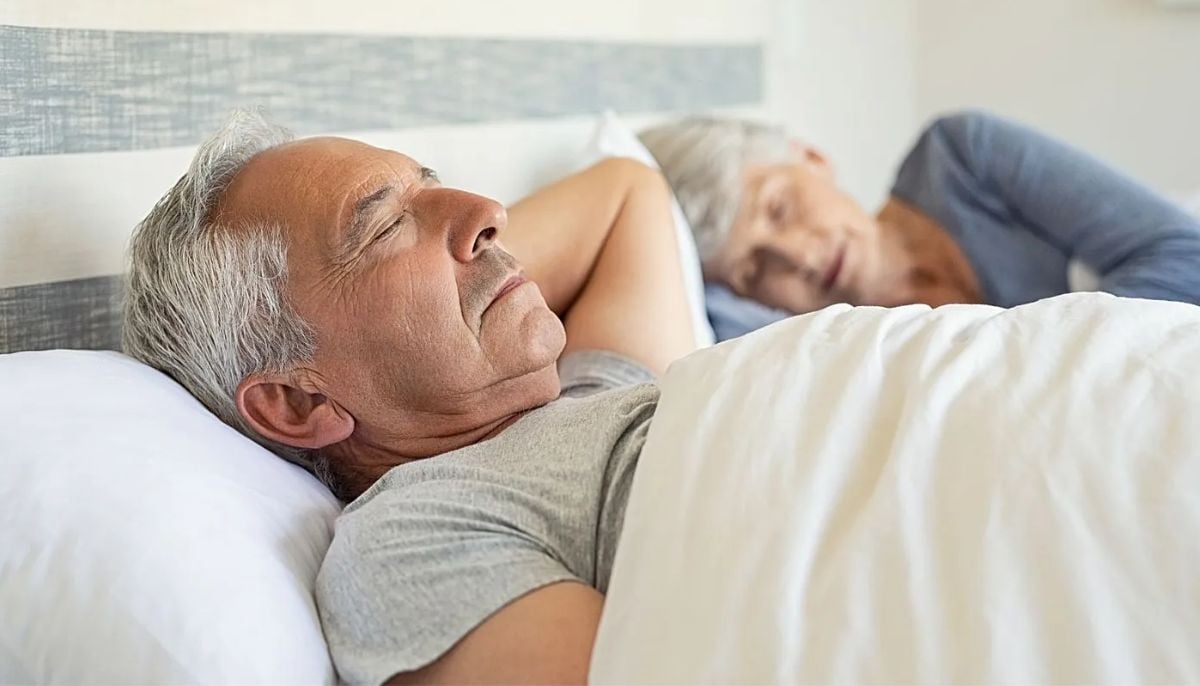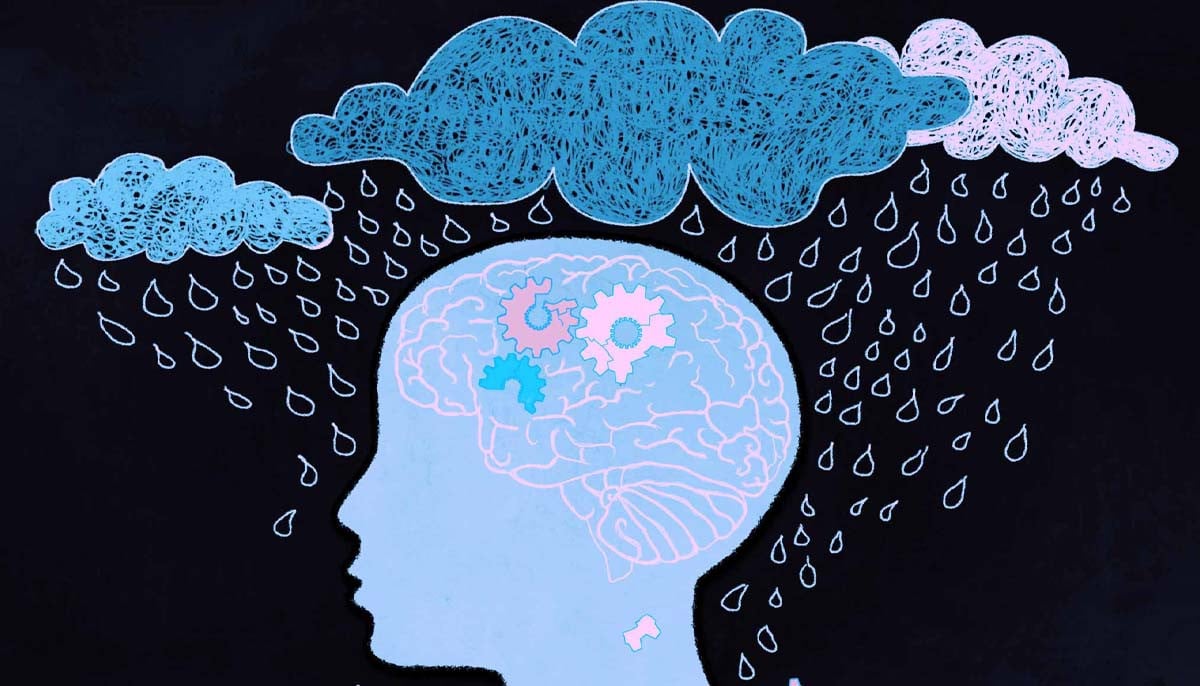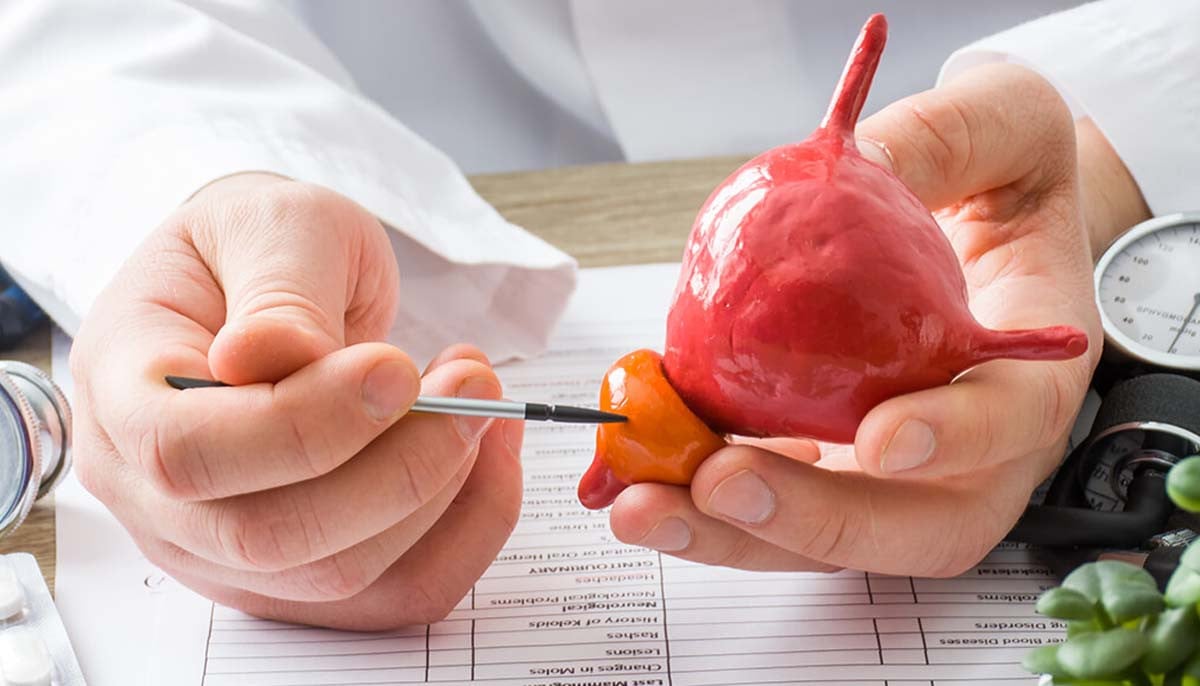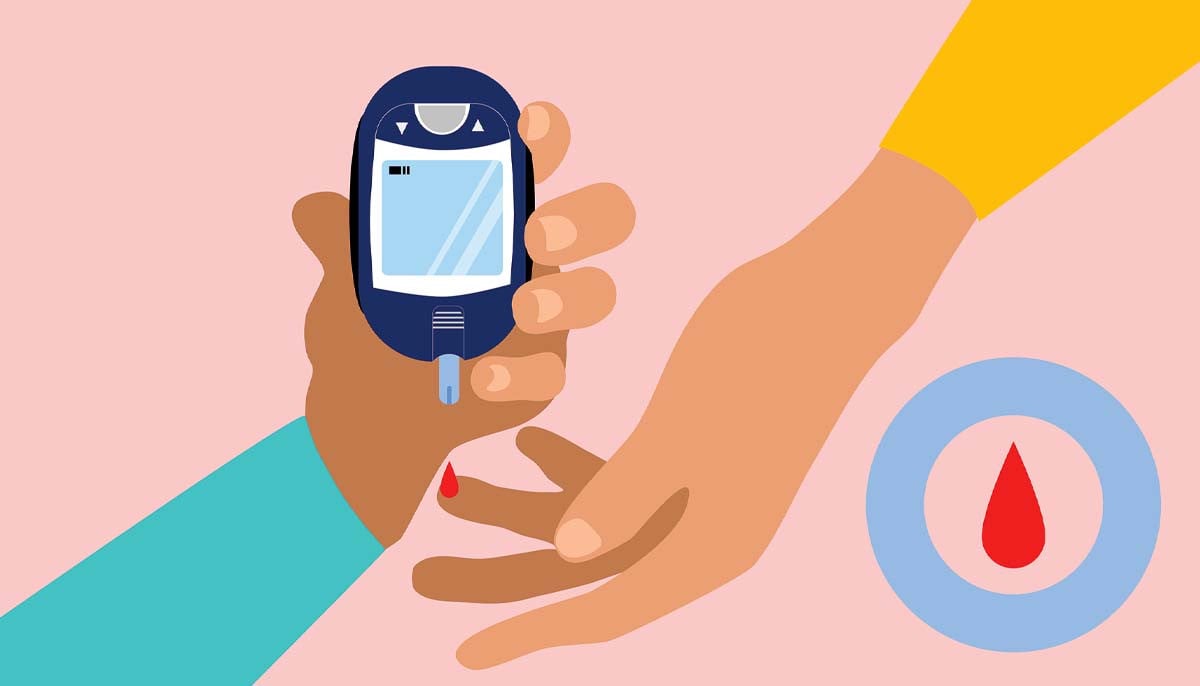This new way to deliver estrogen could help women with osteoporosis
Estrogen can increase the chance of breast cancer, ovarian cancer and other illnesses when it is injected throughout the body as opposed to just in one location
Researchers have found a novel estrogen delivery method that could result in more effective therapies for female bone fractures.
Scientists have discovered that a single, localised injection of estrogen on a broken bone in a postmenopausal rat can hasten the healing process. One of these researchers is Dr Charles Chan, an assistant professor of surgery at Stanford University.
Due to the abundance of studies that concentrate specifically on male animals, there aren't many studies like this one.
“The majority of stem cell research is done on male animals. There’s very little research that has actually been done on females. The research is long overdue, especially the question of why women heal differently from men.” Dr Chan told Wu Tsai Alliance.
Dr Chan and Dr George Yang, a professor of surgery at the University of Alabama at Birmingham, came to the following realisations, which led to the start of the study:
1. The tissues in the bone are living organs that are constantly being created and rebuilt.
2. Male and female immune systems are different.
3. A person's bone marrow, a soft tissue with stem cells, is where their immune system is produced.
Scientists started to consider whether stem cells might be the cause of the disparity between how men and women heal. So they set out to investigate if the skeletal stem cells of men and women are different.
The researchers achieved this by surgically removing the ovaries from female mice in order to simulate menopause. Then, to provide localised estrogen to the broken bone, they employed something akin to a crushed pill that was applied directly to the incision.
The mice lacking ovaries were able to recuperate more quickly because of this procedure. Additionally, it demonstrated how post-menopausal female mice could recover on their own thanks to the localised estrogen. The administration of estrogen had no effect on the male mice.
Menopausal women who receive estrogen injections may benefit from stronger bones. However, estrogen can increase the chance of breast cancer, ovarian cancer, and other illnesses when it is injected throughout the body as opposed to just in one location. These dangers are easier to avoid with systemically injected estrogen.
We can treat bone fractures without using systemic estrogen given that we know that the skeletal stem cells express the receptors on their own. As a result, if Nana slips and breaks her hips, we can repair her pelvis and release some estrogen locally to encourage bone healing, according to Dr Chan.
Due to osteoporosis, one in two women will break a bone in their lifetime. The incidence is higher in women than it is for breast cancer, heart attacks, and strokes combined.
Future elderly ladies who suffer from osteoporosis or fractured bones may benefit from the team's research. It might also be useful for dental implant procedures and surgery for gender transition.
-
Find out early subtle signs that you might have Parkinson's disease
-
Relieve eczema symptoms this winter with simple steps
-
New hope for people with obesity as failed drug offers cure
-
New drug shows promise in lowering dangerous blood fats
-
New research finds back pain may disrupt men’s sleep quality later in life
-
Do you have depression or is it just Monday blues? Find out where science stands
-
Air pollution may play a role in prostate cancer risk, experts warn
-
Type 2 diabetes hidden trigger in daily food revealed
